Growing calendula is easy, and the flowers make both an attractive addition to the garden and a useful herbal remedy for many types of skin problems.
Photo credit: Melodi2 from morguefile.com
Growing Calendula
Calendula is one of those easy care flowers that makes gardening fun. Growing calendula used to be a given in most cottage gardens. It’s native to Europe, and old European kitchen gardens often featured growing calendula alongside other herbs and vegetables.
The flowers and leaves are edible, and are also used to make herbal tonics, salves and more for healing, especially skin healing. You can even use the flowers to make a yellow dye, similar to dyes made from saffron but of course a lot less expensive.
Conditions for Growing Calendula
- Start calendula from seeds: Calendula is best started from seeds. You can sow the seeds directly into the garden soil in late spring, after all danger of frost is past, or sow the seeds indoors four to six weeks before the last frost date. Seeds usually germinate in 6 to 10 days and will grow rapidly after germination.
- Where to plant calendula: Choose a location in your garden for growing calendula where you don’t mind if the plants sprawl out a bit or self-sow. Calendula is notorious for taking over the garden, but it’s an easy plant to eliminate if you don’t want any more. Even though it is an annual plant, calendula self-seeds easily and freely. You can also collect the seeds easily to grow calendula next year.
- Light requirements: Plant calendula in full sunlight. It can tolerate partial shade. In very warm climates, it may even benefit from late afternoon shade to shield it from the hardest days of summer. Calendula prefers cool weather, and performs best in the spring and fall.
- Soil: Any type of soil will do for growing calendula, but it prefers well-drained soil and will die if kept too wet. Keep the young seedlings well-watered. Once it is established in the garden, it can tolerate some drought.
- Calendula is great for containers, too! You can grow calendula in the ground or in pots, containers or window boxes.
- Deer resistant: Calendula is deer-resistant and will attract butterflies and beneficial insects to the garden.
- Colors: Most calendula varieties are shades of orange or yellow. Pink, or orange infused with pink, is also available.
- Where to buy: You can purchase calendula seeds using the links below:
Calendula’s Healing Properties
You can grow calendula simply for its beauty as a flowering plant, or grow it for its beneficial healing properties. Calendula flowers can be infused into olive oil, then incorporated into healing balms and salves. Calendula oil is useful for skin rashes and irritations, eczema, bee stings, and any irritated or chapped skin.
To make calendula-infused oil, you need a clean glass jar with a lid like a Mason jar, about one cup of calendula flowers, and enough olive oil to fill the jar. Wilt the flowers for 12 hours to allow them to dry out, then place them in the jar. Pour the olive oil over the flowers, seal the jar, and place it in the sun. Allow it to sit for 4 to 6 weeks in the sun. Once a day, gently shake the jar. At the end of the 6 weeks, strain the flowers out with cheesecloth or a fine sieve and retain the oil. Voila. You’ve just made calendula infused oil!
Rub the oil gently onto irritated skin as long as you are not allergic to olive oil or flowers in the aster family, of which calendula is a part. Olive oil is a longstanding folk remedy for dry skin, and I find it works very well alone on my dry, chapped winter hands.
Calendula oil makes a good base for a calendula hand salve as well. You’ll need beeswax and a few other ingredients, but it’s just a few steps beyond making the oil.
This year, I’m growing calendula throughout my garden. I love its beautiful flowers and the fact that it attracts pollinators to the garden. It’s also said to repel various bad bugs, which I plan to test in my garden, too. More importantly, I am using calendula flowers to make my own hand salve this year. I have found it to be a useful and beautiful herb.
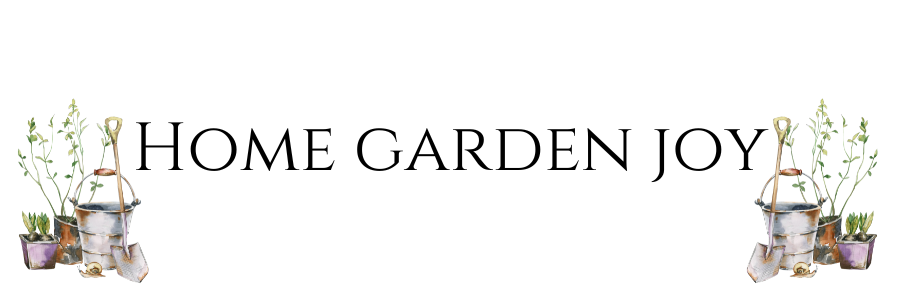

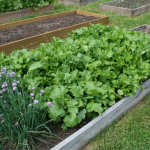
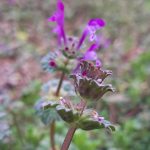
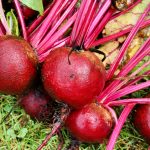
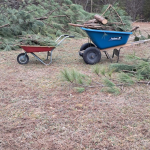
Calendulas are so pretty and cheerful! I haven’t tried growing them, but I like the idea that they might take over my garden just a bit! Bonus!
Wonderful info! I think I want to grow Calendulas just for the healing properties!! Thank you for sharing! #HomeMattersParty
Had no idea about the healing properties. I find this so interesting & love learning about your great gardening tips! #HomeMattersParty
Wow I had no idea they could be made into an oil for dry skin. I use oils for my face since it can get really dry. Now, I’m really interested in growing my own flower and making my own oil. How long do you think the oil lasts? #HomeMattersParty